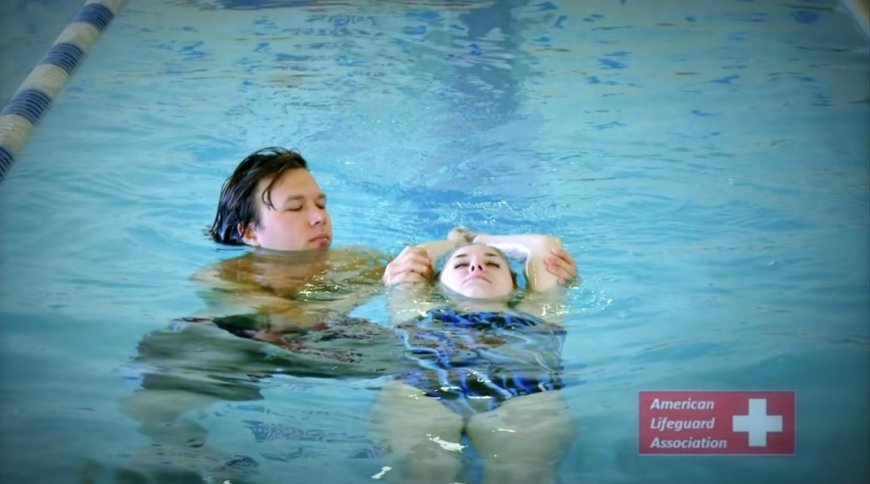Lifeguard Certification: Everything You Need to Know
Lifeguard certification courses are structured to cover the essential responsibilities of a professional lifeguard.

Lifeguard certification is a formal recognition that an individual has successfully completed a standardized training program in water safety, rescue techniques, and emergency response. It is a critical credential for anyone seeking employment as a lifeguard at pools, beaches, water parks, or aquatic centers.
This article provides a comprehensive guide to what lifeguard certification involves, who needs it, and why its essential for public safety and professional growth.
1.What Is Lifeguard Certification?
Lifeguard certification is a qualification awarded upon the successful completion of a lifeguard training course that meets nationally accepted standards. The certification demonstrates that the holder has the knowledge, physical skills, and judgment needed to:
-
Prevent aquatic emergencies
-
Respond effectively in water and land-based emergencies
-
Provide care using CPR, AED, and First Aid techniques
Most employers legally require certification before hiring a lifeguard.
2.Eligibility and Prerequisites
To enroll in a certification course, candidates typically need to meet certain minimum criteria:
-
Minimum age: Usually 15 years or older
-
Swim test: A timed swim (usually 300 yards), a two-minute tread (without hands), and retrieval of a submerged object
-
Physical fitness: Comfort and stamina in deep water
These prerequisites ensure candidates have the necessary foundation to handle the physical demands of lifeguarding.
3.Core Areas Covered in Certification Training
Lifeguard certification courses are structured to cover the essential responsibilities of a professional lifeguard. These include:
a. Rescue Techniques
-
Surface and submerged victim rescues
-
Spinal injury management
-
Safe entries and exits
-
Use of rescue equipment like tubes and backboards
b. Emergency Medical Response
-
CPR (Cardiopulmonary Resuscitation) for adults, children, and infants
-
AED (Automated External Defibrillator) operation
-
Basic First Aid for cuts, fractures, burns, and breathing emergencies
c. Surveillance and Prevention
-
Scanning and monitoring swimmer activity
-
Zone coverage and rotation protocols
-
Recognizing and intervening in risky behavior
d. Teamwork and Communication
-
Emergency Action Plans (EAPs)
-
Role assignments during multi-guard rescues
-
Communicating with EMS and the public
4.Legal and Ethical Responsibilities
Lifeguards are held to high legal and professional standards. Certification courses include training in:
-
Duty to act and standard of care
-
Negligence and liability
-
Documentation and reporting protocols
-
Ethical conduct and confidentiality
Understanding these aspects protects both the lifeguard and the facility in emergency or legal situations.
5.Final Testing and Certification
At the end of the course, participants must pass a written exam and a skills evaluation. These tests ensure the lifeguard can apply both knowledge and practical techniques confidently.
Upon passing, the certification is issued and is usually valid for two years, after which recertification is required to maintain active status.
6.Recertification and Continuing Education
Certification is not permanent. To remain qualified:
-
Lifeguards must recertify every 12 years, depending on the governing body
-
Some employers require in-service training to maintain readiness
-
Advanced courses are available, such as waterfront, shallow water, or instructor certification
Continuing education ensures that lifeguards stay updated with the latest safety standards and rescue methods.
7.Why Lifeguard Certification Matters
Lifeguard certification is more than a requirementits a responsibility. Certified lifeguards:
-
Help prevent injuries and fatalities in aquatic environments
-
Provide immediate medical assistance in emergencies
-
Serve as role models for safe behavior around water
-
Are prepared for professional roles in education, recreation, or emergency services
Employers, communities, and families rely on the competence of certified lifeguards to ensure public safety.
Conclusion
Lifeguard certification is a critical step for anyone seeking to work in aquatic safety. It reflects a commitment to skill, professionalism, and preparedness. Through rigorous training and testing, certified lifeguards are equipped to protect lives, manage emergencies, and contribute meaningfully to their communities.




































